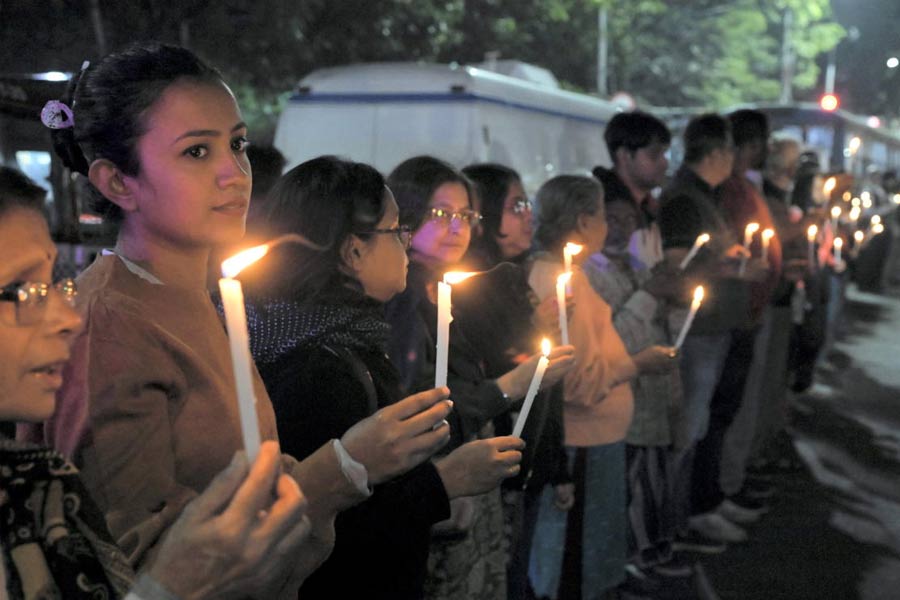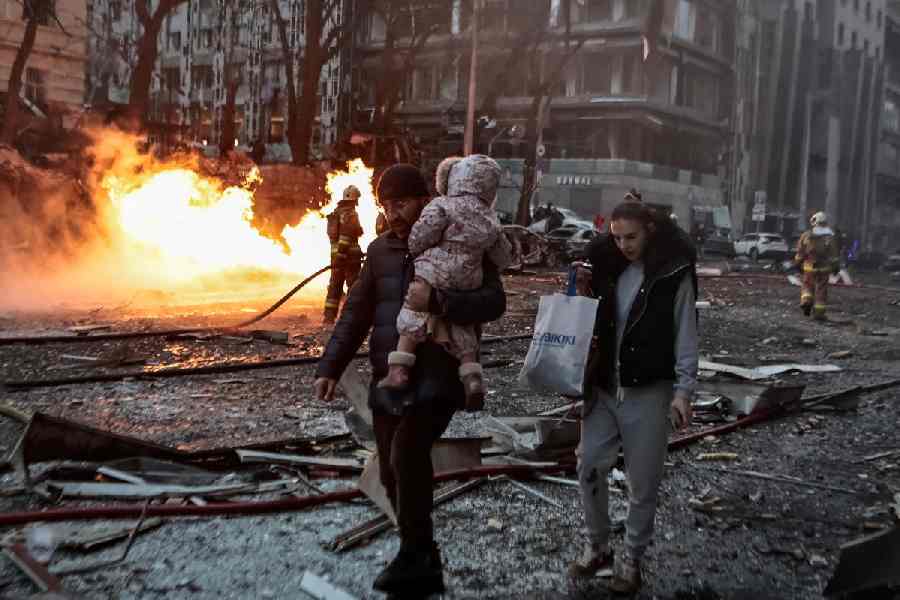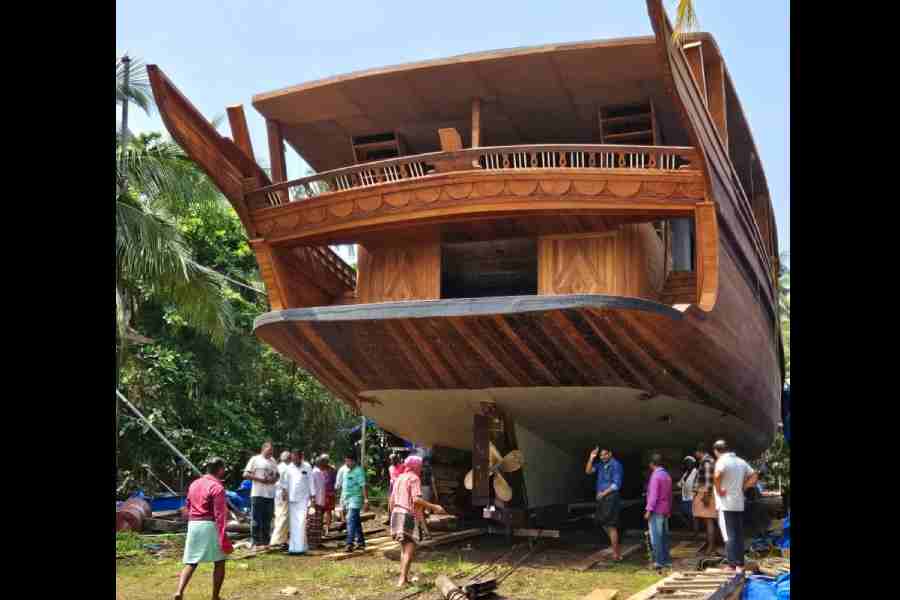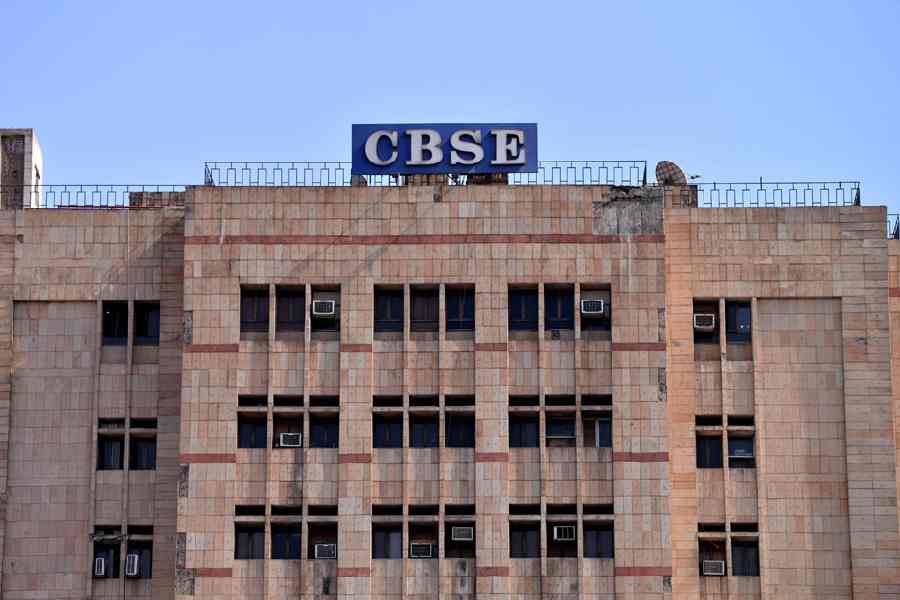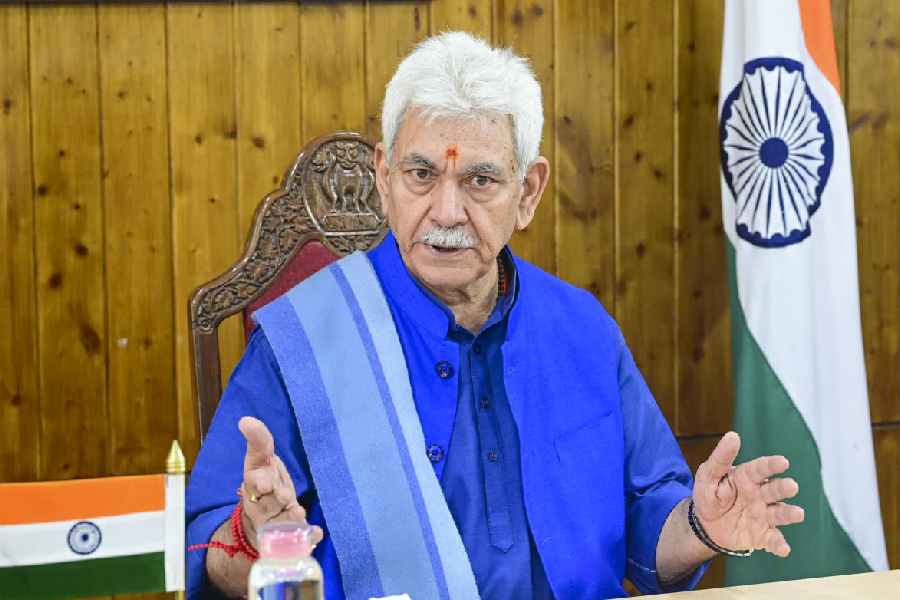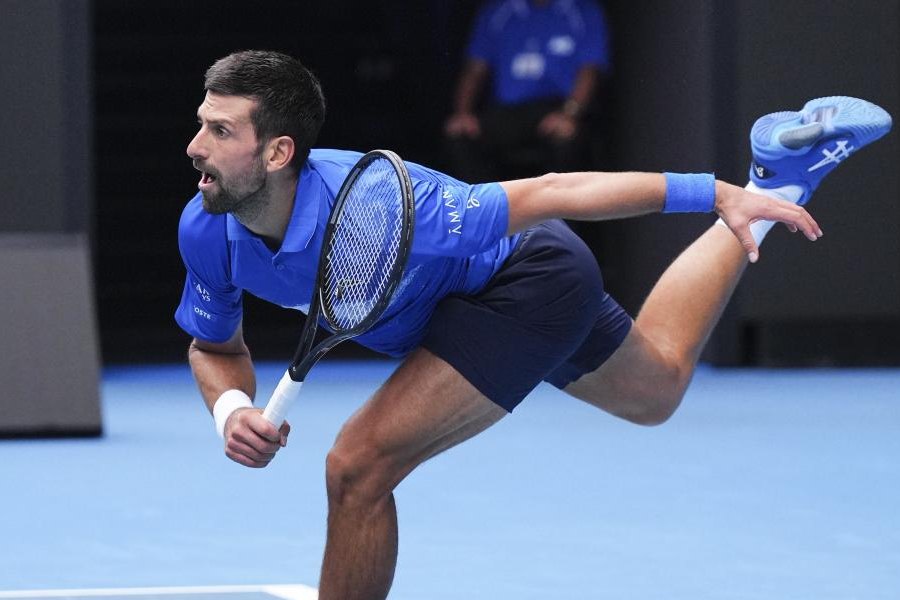Protests that shook a city. Protests that united chalk and cheese. Protests that resonated everywhere, from the major thoroughfares and housing complexes to mofussil neighbourhoods.
The rape and murder of a woman at her workplace triggered an outpouring of grief, anger and solidarity that Calcutta had rarely seen before.
As a trial court is due to pronounce its verdict in the RG Kar rape-and-murder case on Saturday, Metro looks back at some of the takeaways of the unprecedented movement.
Scale
The first bugle was blown by junior doctors. But within days, it became a people’s movement. And how.
The call to “Reclaim the Night” was initially sounded for three sites in Calcutta — Jadavpur, College Street and the Academy of Fine Arts. On the eve of Independence Day, the entire city and its neighbourhood became a giant protest cauldron.
Teachers, students, homemakers, entrepreneurs, gig workers, actors, musicians... everyone hit the streets. A 90-year-old woman and a nine-month-old girl featured side by side in one rally in Behala. A public relations professional was at a protest gathering at Howrah Maidan. A woman who cooks at her home was also there.
In the days that followed, massive rallies choked the city almost every weekend, even in the run-up to the festive season. People were stuck in long snarls in buses and taxis. Traders suffered huge losses in what is usually the best time for business.
But even then, the empathy quotient was there. “Yes, the losses are mounting. But I cannot be angry with the protesters. I have a daughter at home,” a Gariahat garment store owner had told this newspaper on September 8 — a month before Durga Puja — as over 2,000 people marched through Rashbehari Avenue.
“The decentralised nature of the protest was its biggest takeaway,” said Saheli Basu, a teacher at a south Calcutta school who lives in Patuli and took part in several rallies.
Massive rallies are not new to Calcutta. But they are usually organised by
political parties.
“The standout feature of the protests triggered by the RG Kar horror, at least initially, was the numbers it drew without any political patronage,” said Dhriti Basu, a social sciences researcher who tracked the protests closely.
Breaking barriers
A long cease-work by junior doctors hit healthcare services at government hospitals. OPDs and planned surgeries were affected in private facilities, too. But the hostility patients have often shown towards doctors in such instances was absent this time.
Mohun Bagan and East Bengal fans do not agree on anything, from the best food on the plate to the best feet on the Maidan.
On August 18, a derby between the archrivals was supposed to have taken place at Salt Lake Stadium. Thousands of supporters of three clubs — including those of Mohammedan Sporting — kept aside their fabled rivalry to demand justice for the victim in one voice, blocking a long stretch of EM Bypass for four hours.
The derby had been cancelled by the state government 24 hours before.
‘Our fight’
Saptaparna Chatterjee, a young social media marketer, had a ringside view of how the movement evolved.
As a coordinator for volunteers at the long-standing protests by junior doctors in Salt Lake and Esplanade, Chatterjee was in the thick of things.
“The biggest achievement of the movement was the support it drew from complete strangers. People would come to the protest site near Swasthya Bhavan from far-off places to lend solidarity. Many of the women who came were victims of sexual abuse and harassment themselves.But they could not protest at that time. In seeking justice for Abhaya, they hoped for redemption for themselves,” she said.
Deviation
Many Calcuttans, however, were impressed by the initial spontaneity of the protests only to be disillusioned later.
One of them was Suman Sengupta, an engineer employed by the state government, who went to the massive “Reclaim the Night” assembly at the Jadavpur 8B bus stand with his teenage daughter on August 14 and stayed put for hours.
He was deeply moved by the spontaneous outpouring of anger and solidarity. But the effect was short-lived.
“Down the line, the central issue, workplace safety for women, got diluted. The focus shifted to the doctors’ protests and CCTV cameras in hospitals. A meeting between the chief minister and the doctors almost turned into a squabble for who would be in which committee,” said Sengupta.

